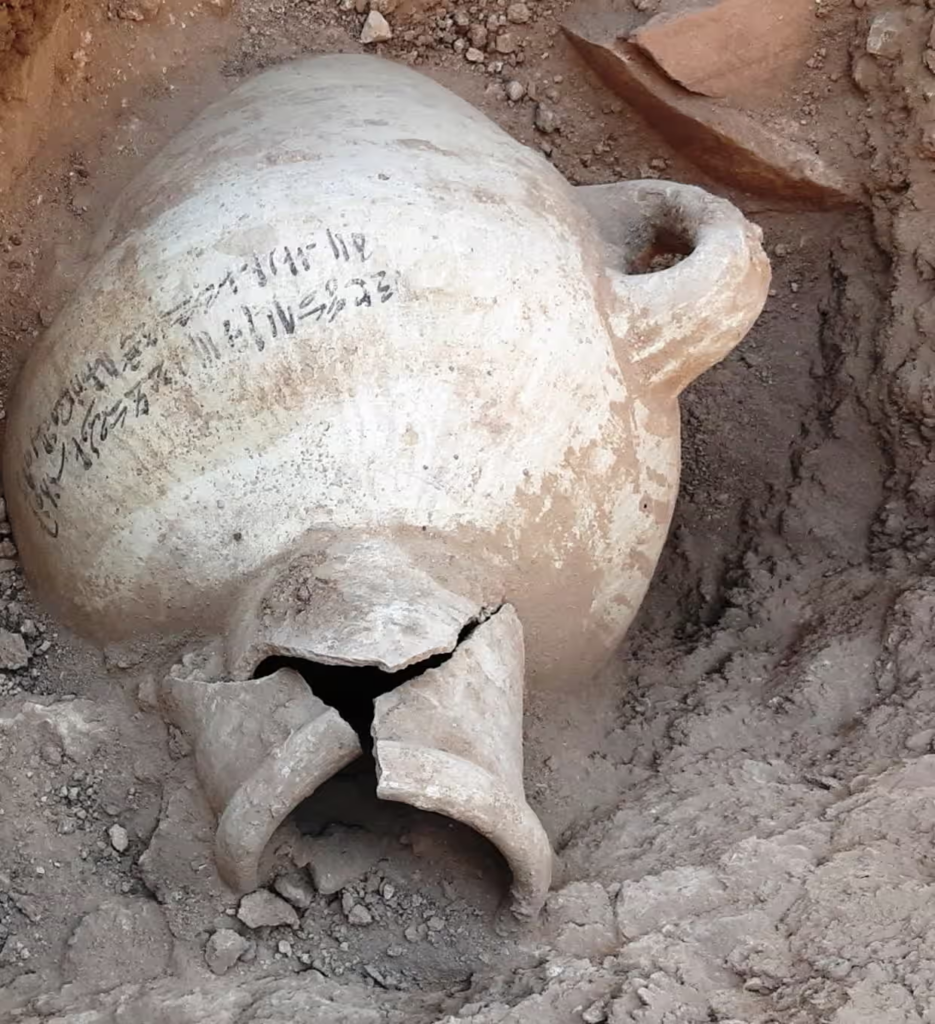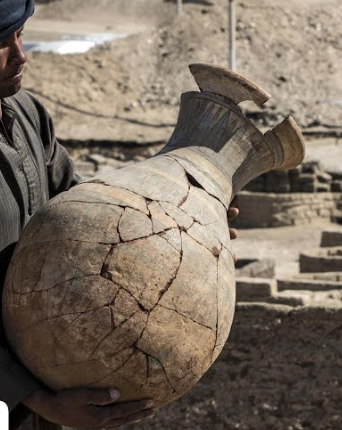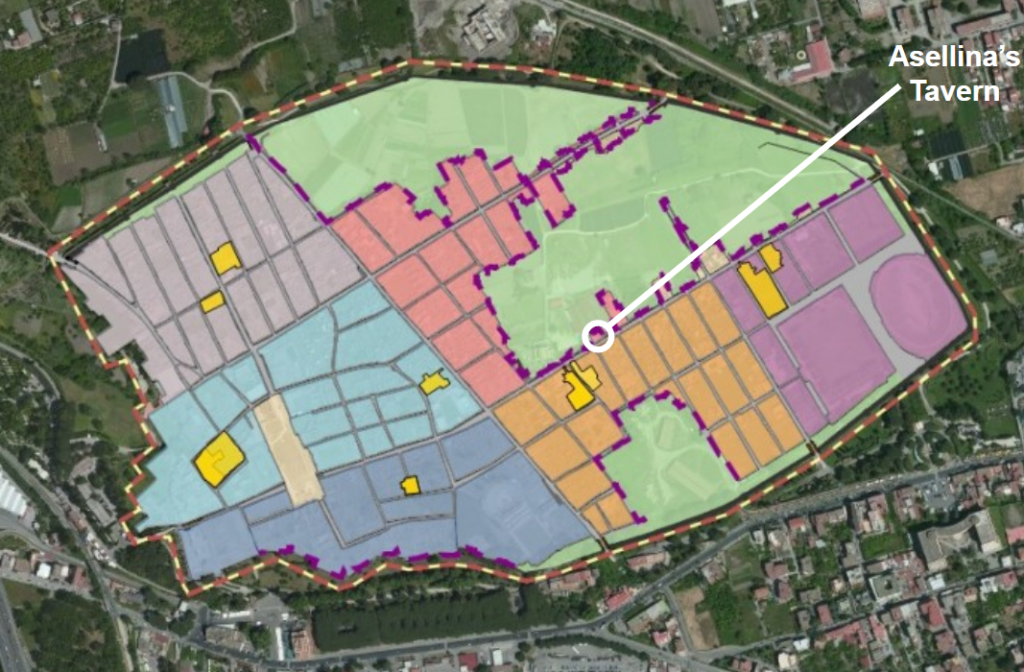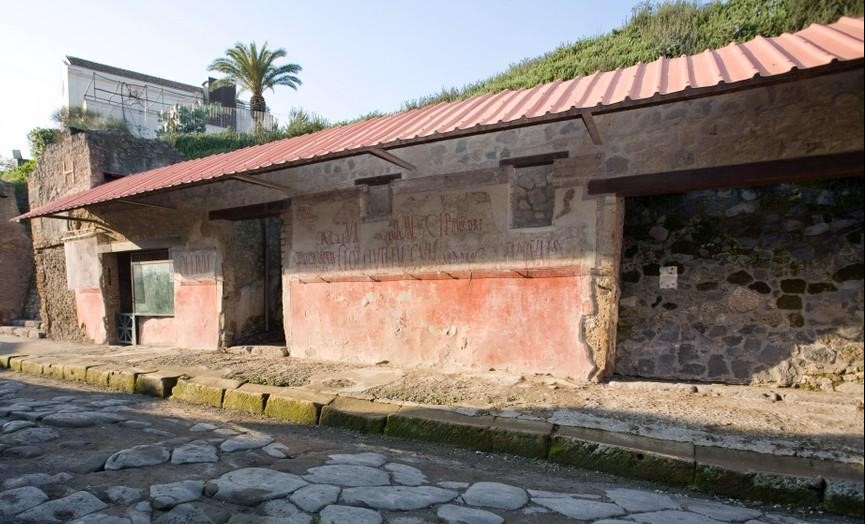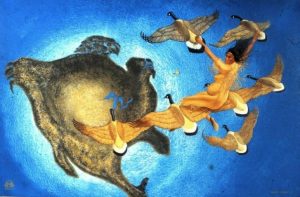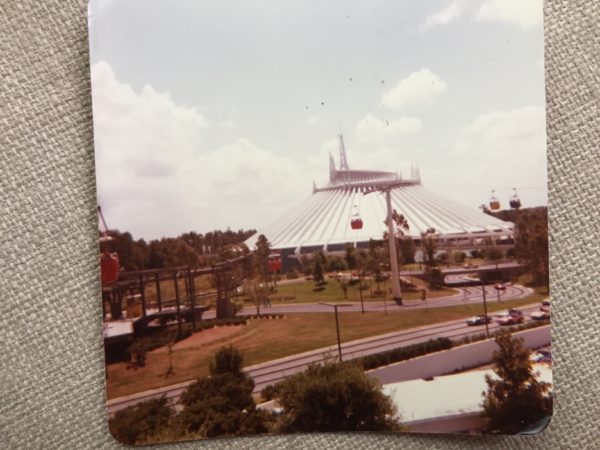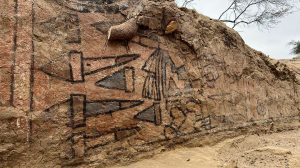Written forms of documentation can be very effective in inspiring archaeological surveys and site discovery. Beginning in 1845, archaeologists, concerned with corroborating Old Testament accounts of the cities of Nineveh and Calah happened upon the ancient ruins of Northern Iraq’s ancient city of Kalhu, known today as Nimrud. In 1949, British archaeologists continued a well-documented excavation of the site, uncovering the remains of an ancient palace dedicated to King Ashurnasirpal II. Determining age of the artifacts to be discovered at this site became relatively easy due to documentation of ancient rulers, which placed King Ashurnasirpal’s rule as approximately 833-859 BCE. Bricks made by brick-makers for the construction of the King’s palace were excavated, and using knowledge of ancient Cuneiform text, the context of one specific brick artifact became explicit (figure 1). However, if it had not been for this inscription, the context of the artifact would have been harder to determine due to centuries of upheaval in the area that destroyed the palace the brick came from. While the clay brick had been discovered with a horizontal break, the handling of the artifact in the year 2020 resulted in the vertical break within the lower half of the brick (figure 1). While initially deemed unfortunate, this mistake presented a unique opportunity: The analysis of an uncontaminated sample of clay that could be dated with almost absolute certainty.
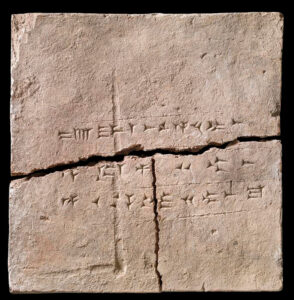
As we have learned in class, the preservation of artifacts depends on a multitude of factors ranging from the type of material to environmental conditions. The clay brick was preserved in great condition, as well-fired clay is great for preservation, and the artifact’s dry underground environment contributed to sustained preservation. Scientific study of the uncontaminated sections of the brick was uncomplicated due to this level of preservation. Samples of the clay brick were taken from five distinct spots (figure 2). Analysis of the brick determined that it was made of mud collected near the Tigris River, and DNA analysis led to the discovery of multiple ecofacts –botanical material and animal dung.
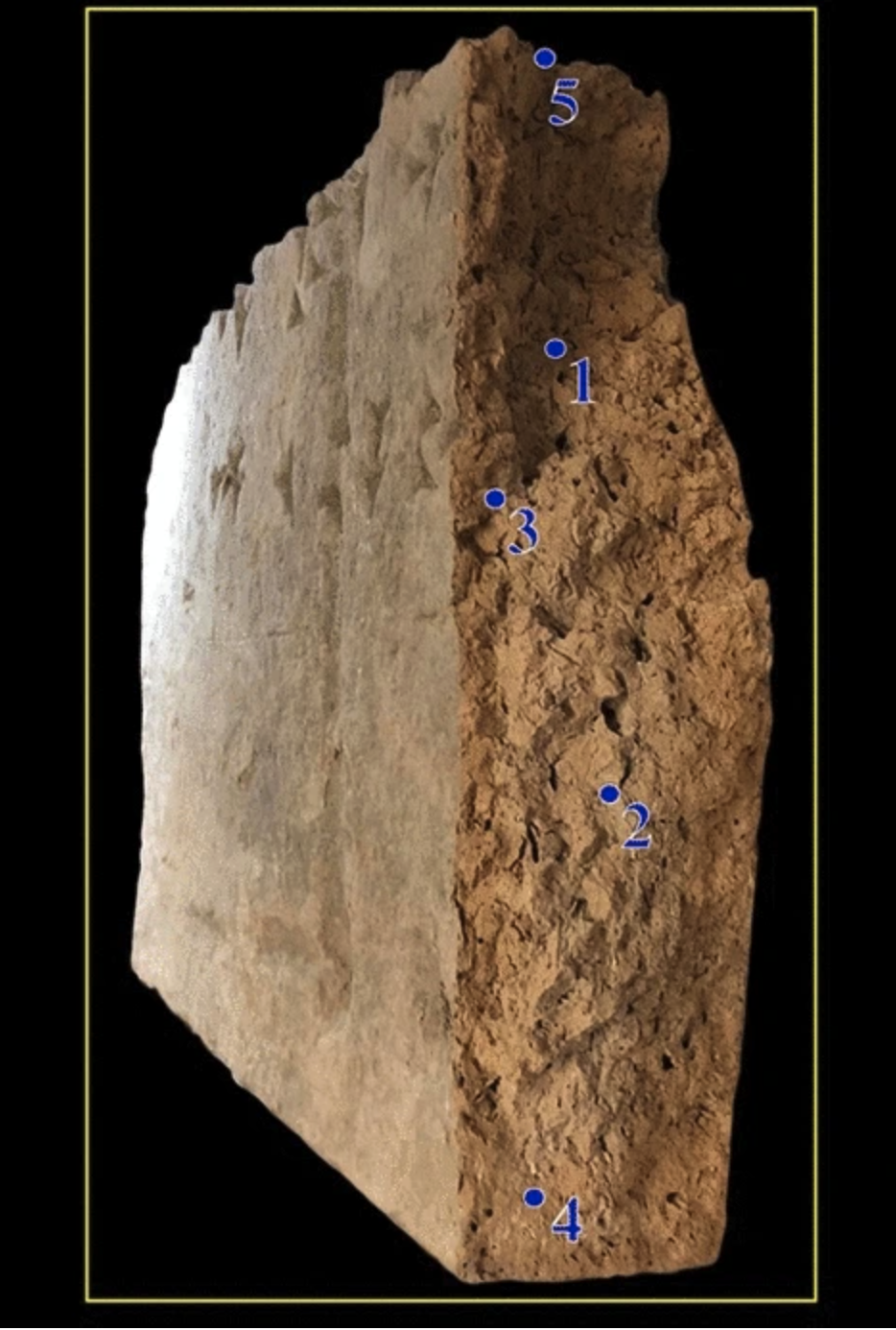
The DNA analysis of the brick resulted in the detection of thirty four taxonomic groups of plants including cabbage, heather, birch, laurels, and cultivated grasses. In the future, the use of Assyrian plant descriptions and modern botanical records could offer us a glimpse into the ancient biodiversity of the region and help with modern studies of biodiversity loss. The scientific study of the clay brick has launched a multitude of efforts to better understand the cultures of ancient societies surrounding the cultivation of plants and the use of plants in ancient medicine.
Further readings:
https://scitechdaily.com/researchers-successfully-extract-ancient-dna-from-2900-year-old-clay-brick/ https://www.heritagedaily.com/2023/08/researchers-extract-ancient-dna-from-a-2900-year-old-clay-brick/148366References:
Arbøll, Troels Pank, Sophie Lund Rasmussen, Nadieh de Jonge, Anne Haslund Hansen, Cino Pertoldi, and Jeppe Lund Nielsen. “Revealing the Secrets of a 2900-Year-Old Clay Brick, Discovering a Time Capsule of Ancient DNA.” Nature News, August 22, 2023. https://www.nature.com/articles/s41598-023-38191-w.
Leonard, Ben. “Plant DNA Extracted from Ancient Clay Brick.” Archaeology Magazine, August 23, 2023. https://www.archaeology.org/news/11699-230823-iraq-brick-dna.
Mark, Joshua J. “The Nimrud Ivories: Their Discovery & History.” World History Encyclopedia, September 7, 2023. https://www.worldhistory.org/article/784/the-nimrud-ivories-their-discovery–history/.


